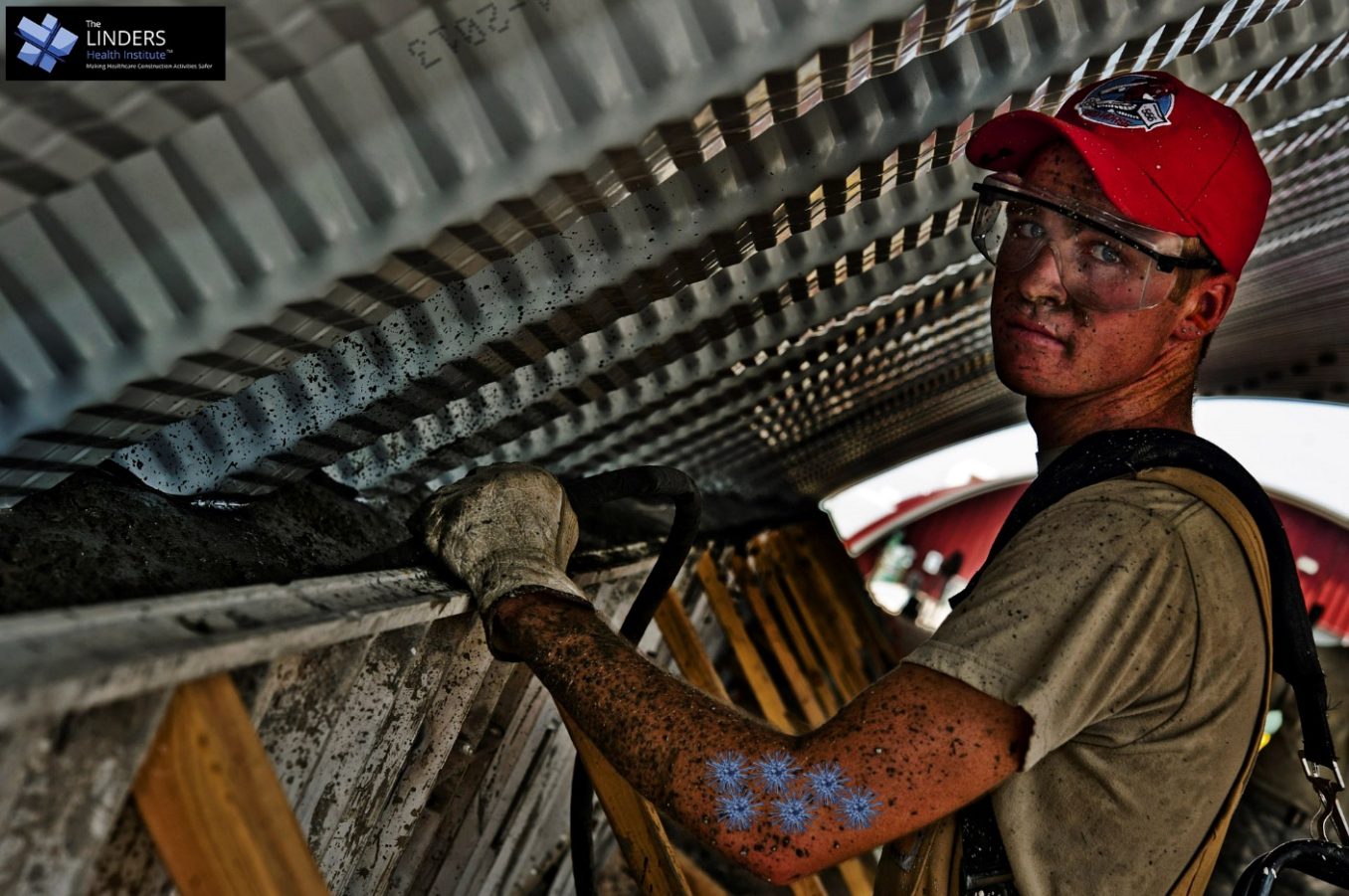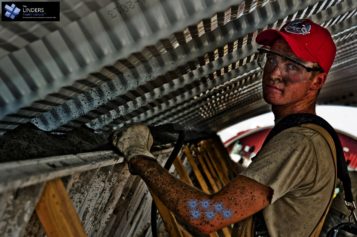
By Marlene Linders
Each year, 5,000-7,500 patients die from cross–contamination due to healthcare-related construction, and the numbers are escalating considerably. Waterborne pathogens such as legionella are on the rise. The CDC estimates that 35 percent of legionella outbreaks are caused by changes in water quality from reasons external to the building itself, like nearby construction.
How would you respond to these situations?
Situation #1:
A 42-year-old male is having open heart surgery in a hospital in the south. Construction is ongoing during the surgery; roof repairs and renovation is a constant. There is a pipe break with considerable flooding. The water becomes aerosolized and turns into tiny droplets penetrating the HVAC system, and the filter banks in the operating room, thereby entering the open chest cavity of the heart patient. Days later, the patient suffers a severe, debilitating mold infection inside his chest. The infection was forensically traced back to the construction leak. There was no evidence of contractor due diligence, and no mobilization for mitigation within an expedited timeframe. A lawsuit lasted for years.
Situation #2:
Above-ceiling work was being completed by an electrician in a large hotel chain. After working for several hours, he moved from one area to another. He noticed several dead rodents and feces that he had accidentally stirred with his boots. Several days later, he becomes severely ill and diagnosed with Hanta Virus. It was forensically traced to his jobsite working conditions.
Situation #3:
Your company has a preventive maintenance agreement with a local hospital. One of your service techs is working in a single, occupied patient room changing out light fixtures and electrical outlets. He has been working in the room for 30 minutes when the patient care nurse asks to speak to him in the corridor where she tells him he probably should wear personal protective equipment as the patient has been diagnosed with a fever of undetermined origin and could be contagious. He calls his supervisor about his concerns.
Due diligence and management of risk
All three of the previous scenarios are real and did not turn out favorably. With training and a knowledge base, the results could have been minimized, if not totally eliminated. A best practice policy for the escalating risk to infectious pathogens, while in real-time work, should be part of due diligence for all companies.
Construction superintendents, foremen, project managers and all boots-on-the-ground employees should be aware of exposure risks of air, water and surface-borne germs. The risk is not exclusive to those working in the healthcare environment of care. Managers should have advanced training with a comprehensive curriculum and workers should at least have awareness training, such as online courses, to recognize possible exposure scenarios.
A 2007 study, published in the American Journal of Infection Control from the University of Cincinnati, showed a series of patients were infected with mold spores caused by an ongoing construction project. When investigated, the construction workers were loosely following their infection control protocol because they did not fully understand the reasons behind the best practice policy, nor the consequences. Once their training was revised, no additional outbreaks occurred.
The legal question always becomes: “In the advent of a worker infection, can a root-cause analysis be traced back to the work environment?” The answer is a resounding yes. DNA forensics with a forensic architect, engineer or other properly qualified professional with a history of working in biology, will be able to prove a source pathway and cause. Construction workers, by the nature of their work, get bumps, scrapes, lesions, etc., in an unclean environment. It is not difficult to connect the dots for means of cross-contamination.
Recommendations for superintendents
- Superintendents should engage in a comprehensive construction infection control course that details cross-contamination and exposure scenarios, which reduces risk and manages liability for projects.
- Superintendents should be able to recognize possible risk quadrants and scope of work that could contribute to and escalate into issues for all types of construction—not just healthcare. (Above-ceiling workers are especially at risk and not just to mold spores).
- Most construction companies have respiratory and blood-borne pathogen programs. Have human resources/safety create an infection control program and work with a qualified professional who understands cross-contamination and construction risks. Leave nothing to guesswork and recertify the program at least every two years.
- Organize a service agreement with a remediation contractor that has training in infection control and knows proper techniques for containment for air, surface and waterborne pathogens in addition to asbestos, lead and mold.
Marlene Linders, R.N., is the CEO of Philders Group International. She is also an architect and distinguished lecturer for ASHRAE, as well as executive director for The Linders Health Institute, which addresses safety, compliance and exposure risks during construction of healthcare buildings and the built environment.




 Join our thriving community of 70,000+ superintendents and trade professionals on LinkedIn!
Join our thriving community of 70,000+ superintendents and trade professionals on LinkedIn! Search our job board for your next opportunity, or post an opening within your company.
Search our job board for your next opportunity, or post an opening within your company. Subscribe to our monthly
Construction Superintendent eNewsletter and stay current.
Subscribe to our monthly
Construction Superintendent eNewsletter and stay current.